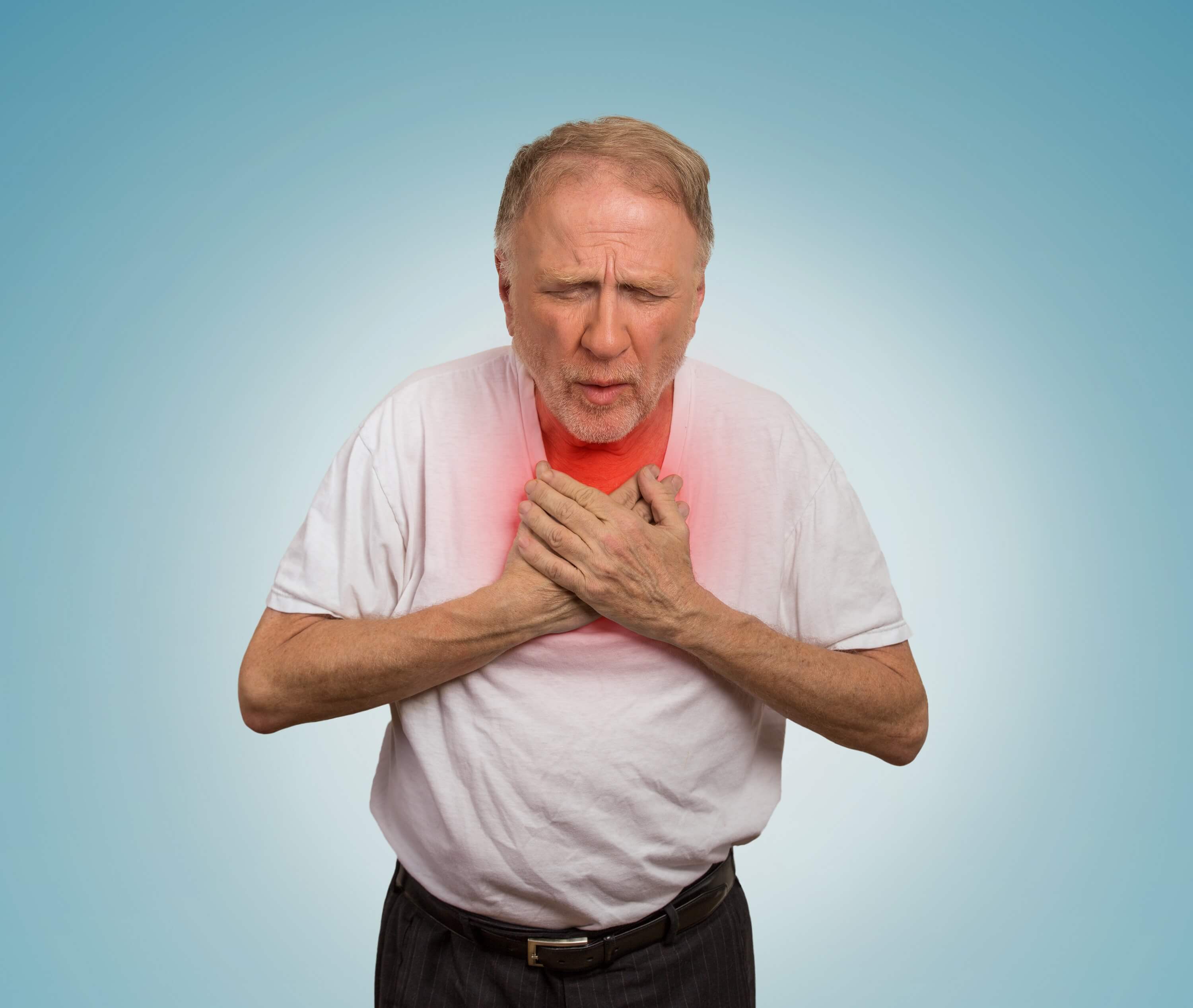Types of Respiratory Failure
Respiratory failure is what happens when fluid builds up in the air sacs in the lungs. This buildup can occur naturally, but it can also be caused by external factors or conditions like certain toxins, medications, trauma to the chest wall, COPD, and traveling or exercising at high elevations. When this buildup occurs, your lungs are not able to release oxygen into the blood. This is an issue because your cells need oxygen for metabolism. Oxygen helps replace cells that wear out, provides the body with energy, and supports immune system function. Symptoms of low blood oxygen levels include:
- Shortness of breath
- Restlessness
- Dizziness
- Headache
- Rapid breathing
- Chest pain
- High blood pressure
- Visual disorders
- Sense of euphoria
- Rapid heartbeat
- Confusion
- Lack of coordination
Some of the symptoms of low blood oxygen levels and respiratory failure go hand-in-hand. It is important to note that your experience might differ depending on what kind of respiratory failure you are experiencing. There are two types of respiratory failure: type I and type II. Type I respiratory failure involves low oxygen and normal or low carbon dioxide levels. Type II respiratory failure involves low oxygen, with high carbon dioxide. Type I respiratory failure might just require supplementary oxygen, but type II failure can require additional support like continuous airway pressure (CPAP) or biphasic positive airway pressure (BiPAP) to increase the exchange of both gases and reverse any causes of low respiratory rates.
Watch out for the following symptoms if you think you might be suffering from respiratory failure:
- Difficulty breathing or shortness of breath
- Coughing up mucus
- Rapid breathing
- Anxiety
- Confusion
- Fatigue
- Blue tint to the skin, lips, or fingernails
How Is Respiratory Failure Treated?
Restoring Oxygen and Carbon Dioxide Levels
The goal of respiratory failure treatment is to get enough oxygen to the lungs and organs and to normalize carbon dioxide levels. Carbon dioxide is essential for internal respiration in the body. Carbon dioxide is known as the guardian of the pH of the blood, which is needed for survival. Your body’s pH balance is important to maintain to help the body’s metabolic processes and other systems function properly. If the carbon dioxide levels are low, like they tend to be with type I respiratory failure, that might be the cause of symptoms like weakness, dizziness, weight loss, and dehydration. If carbon dioxide levels are too high, like they tend to be with type II respiratory failure, this can damage the tissues and organs, impair oxygenation of the blood, and slow oxygen delivery to the tissues.
If you are experiencing any of the symptoms above and think you might be suffering from respiratory failure or another breathing condition, it is essential to seek medical attention as soon as possible. Respiratory issues can be quite serious and can point to other underlying conditions as well as respiratory failure. If it is respiratory failure that you are experiencing, there are a variety of routes that your medical care provider can take in order to achieve the goal of restoring oxygen and carbon dioxide levels. Types of treatments for respiratory failure include:
- Inhaled medications:
This type of medicine is administered through an inhaler device or a nebulizer machine to open up the airways, which allows the lungs to pick up oxygen and remove carbon dioxide more effectively.
- Tracheostomy:
This involves surgically creating a hole in the front of the neck and into the windpipe. The tracheostomy is the name of the tube that is placed into the hole to improve your breathing.
- Oxygen therapy:
With oxygen therapy, oxygen is administered with a mask or a pronged tube that is placed under the nose. Oxygen therapy can be administered during sleep or exercise and helps to reduce shortness of breath.
- Oral medications:
For some cases, oral medicines can prevent worsening of respiratory failure, promote long-term lung function, and improve lung capability.
- Administration of fluids:
Having the correct amount of fluid in the body supports blood flow and transportation of nutrition without causing fluid to build up. Fluids can be given intravenously to ensure optimal success.
- Ventilator:
A ventilator is simply a machine that helps you breathe. The ventilator connects to a hollow tube that goes into the mouth and down into the main airway or trachea.
Helping Patients Recover From Respiratory Failure
The type of treatment you need will depend on the severity of your situation and your specific needs. If you think you are suffering from respiratory failure and you are located in the Dallas area, Advance ER has a variety of treatment options for breathing difficulties. In order to diagnose respiratory failure, we will measure the amount of oxygen and carbon dioxide in the blood and use a chest x-ray along with other tests to determine the cause. A test can be done on a sample of blood taken from an artery that confirms the diagnosis of respiratory failure when levels of oxygen and carbon dioxide are not ideal. In the case that you are suffering from respiratory failure, our caring, compassionate team will be by your side offering treatments as efficiently and effectively as possible.
If you believe that you or a loved one is suffering from respiratory failure, don’t wait to seek medical intervention. Patients in the Dallas area can visit our 24 hour emergency center, Advance ER, or call us at (214) 494-8222.


